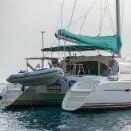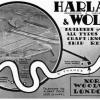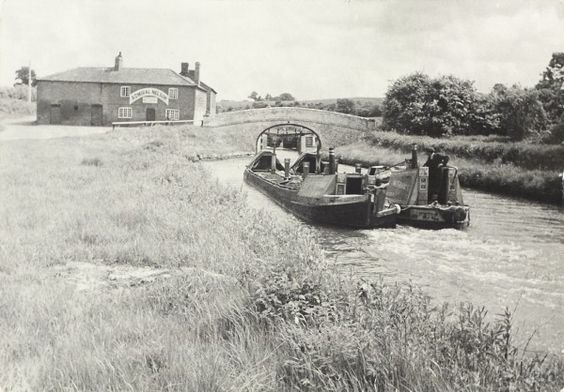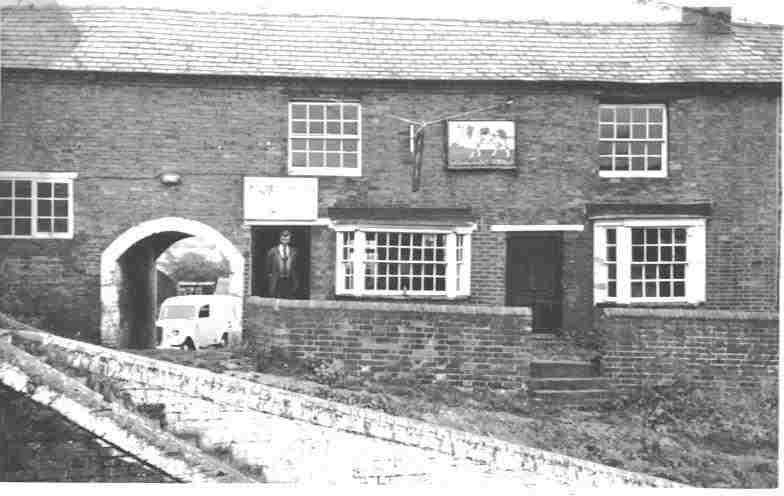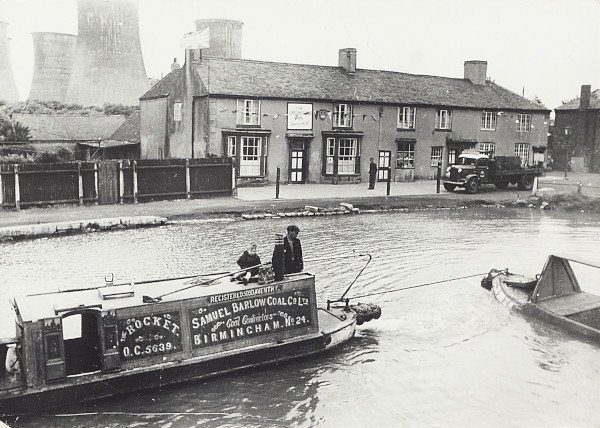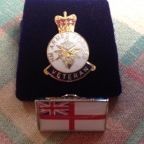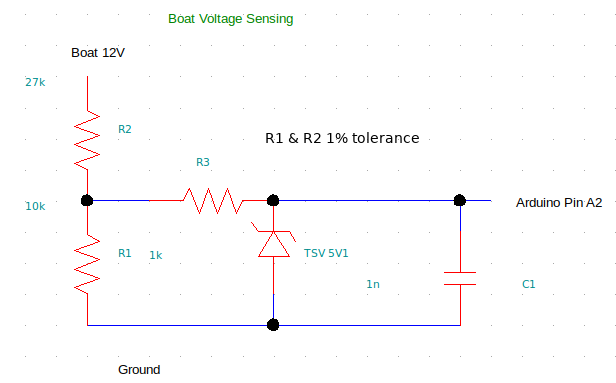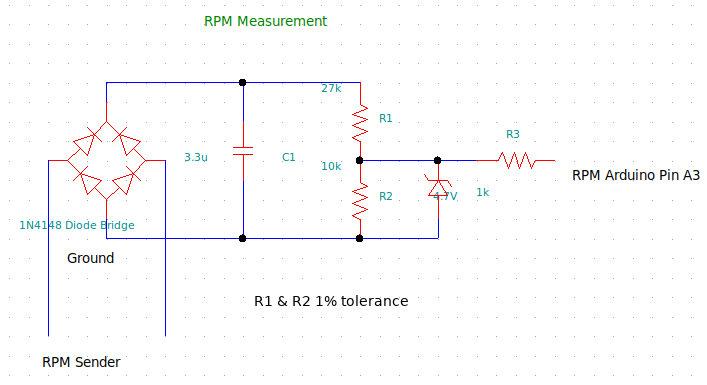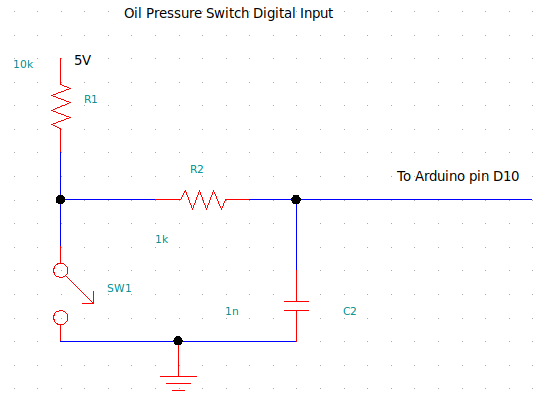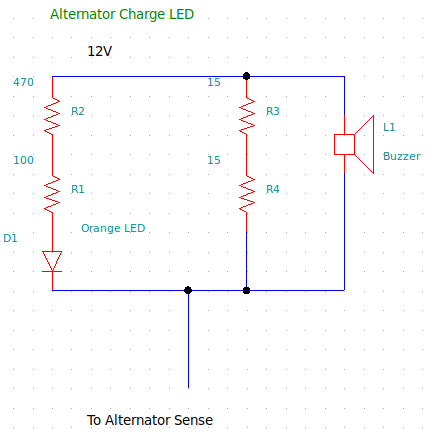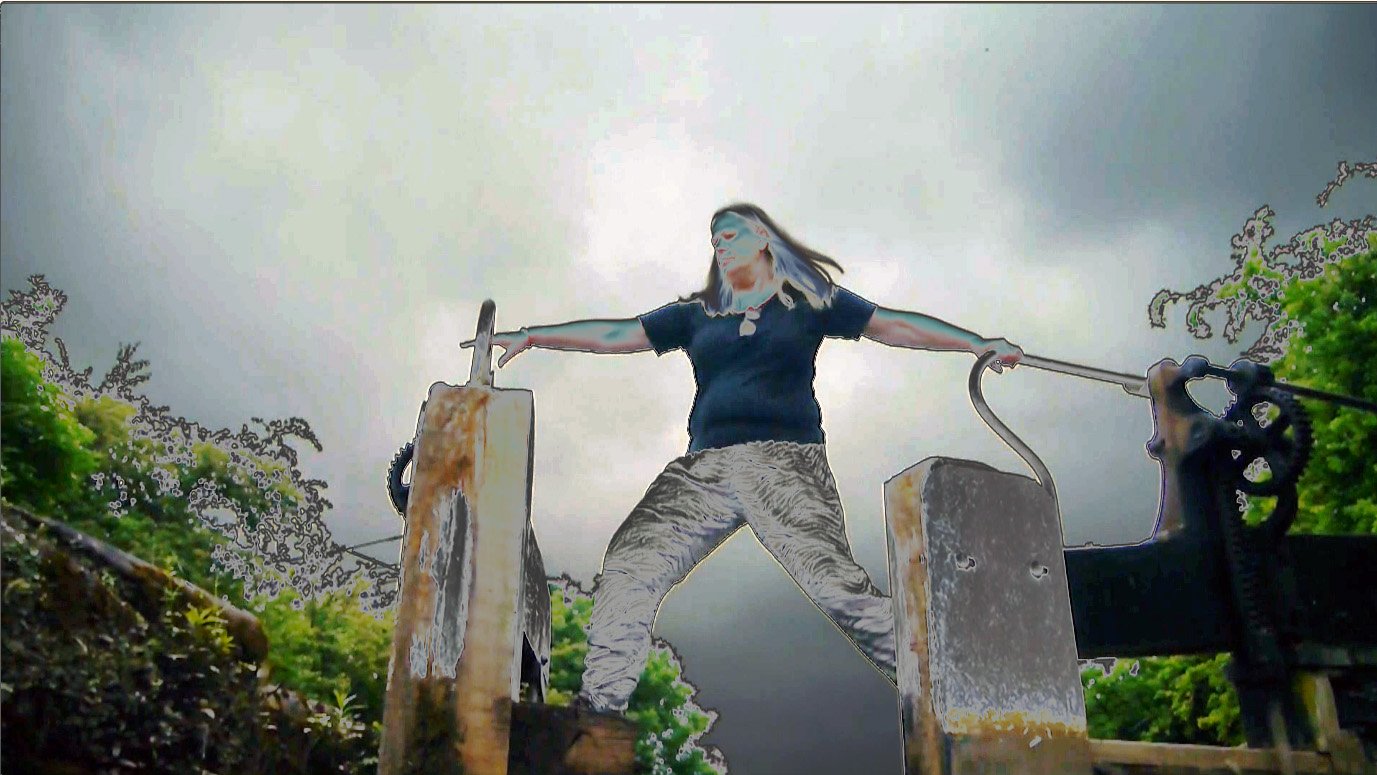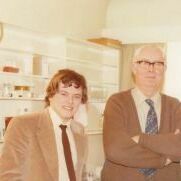Leaderboard
Popular Content
Showing content with the highest reputation on 12/07/18 in all areas
-
This post cannot be displayed because it is in a forum which requires at least 10 posts to view.
-
This post cannot be displayed because it is in a forum which requires at least 10 posts to view.
-
This post cannot be displayed because it is in a forum which requires at least 10 posts to view.
-
https://www.ourwarwickshire.org.uk/content/catalogue_wow/warwick-cape-of-good-hope-and-barge I found this picture of the cape of good hope in Warwick, there are links to a number of interesting pictures on the site.2 points
-
This post cannot be displayed because it is in a forum which requires at least 10 posts to view.
-
This post cannot be displayed because it is in a forum which requires at least 10 posts to view.
-
I don't consider I lose space by having an engine room, there is so much crap in there its hard to find the engine, where else would I store it all?2 points
-
2 points
-
2 points
-
As kids we used to clip a playing card to the bike frame using a clothes peg so it hit the spokes as we rode around making a delightfully unholy racket. Maybe bikes on towpaths should do this too then at least we would know they were there!2 points
-
Except they dont talk to each other, just like if you use the Anderton Lift , Hearcastle Tunnle, Montgomery Canal, Weaver Locks, it wont appear on your sightings record2 points
-
This post cannot be displayed because it is in a forum which requires at least 10 posts to view.
-
This post cannot be displayed because it is in a forum which requires at least 10 posts to view.
-
This post cannot be displayed because it is in a forum which requires at least 10 posts to view.
-
Thanks everyone for all the replies and advice. I'm glad to say that my Dad has got his camera back yesterday - a big thank you to Colin from Shardlow, who handed it in to the Wychaven Council offices at Pershore. It's re-affirms my belief that the vast majority of boaters are lovely people!2 points
-
This post cannot be displayed because it is in a forum which requires at least 10 posts to view.
-
And people still say "Lovely day". To which I now reply "No it isn't, we need rain".1 point
-
This post cannot be displayed because it is in a forum which requires at least 10 posts to view.
-
1 point
-
That's mike the boilermans boat. I'll pm him now. i have phoned mike and left a message. is anyone in contact with Mike?1 point
-
The extra few % added to the licence is a drop in the ocean compared to the purchase price of a 'fatty' and I would suggest that even doubling the licence fee will have little effect on the numbers of fat-boats. Generally (bound to get shot down) fat-boats are shorter than NBs so the licence is a fair bit lower than an equivalent area NB. The licence for my 36' x 14' foot (504 square feet) is £686 (Although it is actually only £411 as I stay on the rivers, few canals are fit for 14' wide boats) The licence for a 67' x 7' foot (469 square feet) is £1020 I would not be worried if they introduced a 'square footage' charge such that irrespective of dimensions a boat with X square feet paid the same as any other boat with X square feet. That would appear to be fair. The other way of looking at it is 'mooring space taken', where 36 foot boat takes half the length of mooring pontoon than a 72 boat does - should they therefore pay only half the fee ? Should it be made compulsory for NBs to breast-up ? Following the phased introduction of the fat-boat surcharge (in 2023) I will be paying an additional 20% above a NB licence cost, which (at current rates for comparison) means I would be paying : 36' x 14' = £823 64' x 7' = £1010 With similar square footage to an 'long' narrowboat I am still paying considerably less. I really do not understand what the problem is that folks are having - "short and fat is cheaper than long & thin".1 point
-
Getting the balance between do-ers and desk jockeys is always a challenge, and the sentiment that we should sack the lot and leave it all to people on the bank is great as a rallying call. It is also not going to actually work! To make things work, you actually need the guy on the ground who sees the ideal solution, without regard to cost, and the guy in the office who sees the cheapest solution. Then they need to TALK to find out why the cheapest solution isn't going to work, and why the ideal solution is unaffordable to find a solution that loses as little as possible from the ideal, whilst keeping the cost down.1 point
-
This post cannot be displayed because it is in a forum which requires at least 10 posts to view.
-
1 point
-
For the sake of less knowledgeable members reading this thread. Often on such resistors an R takes the place of a decimal point and R means in effect "Ohms" so 47R = 47 ohms. 4R7 would mean 4.7 ohms.1 point
-
This post cannot be displayed because it is in a forum which requires at least 10 posts to view.
-
1 point
-
This post cannot be displayed because it is in a forum which requires at least 10 posts to view.
-
The ceramic blocks are wire wound resistors probably about 5 watts. To get the alternator to power up when it starts it uses the warning light, but if the bulb is too low powered it won’t work. Solution is to either use a brighter bulb or increase the current by putting a resistor in parallel. The resistance value is not critical, and in your case a 47ohm resistor has been used. 47ohms at 12v is just over 3 Watts, so the resistor needs to be a bit chunky. You can get them on eBay, look for ‘5w 47r’ Added Jen beat me, I’m getting slow at typing1 point
-
This post cannot be displayed because it is in a forum which requires at least 10 posts to view.
-
One of the terms and conditions you accept when you get a licence states you may not run an engine (other than for travelling) between the hours of 8pm and 8am. So it is pretty cut and dried. Someone will be along to quote the actual term/condition shortly no doubt!1 point
-
1 point
-
This post cannot be displayed because it is in a forum which requires at least 10 posts to view.
-
This post cannot be displayed because it is in a forum which requires at least 10 posts to view.
-
This post cannot be displayed because it is in a forum which requires at least 10 posts to view.
-
Thank you! The panel is now in and so far, working OK. Don't have a photo yet of it installed. For anyone interested in doing something similar, here are some of the design decisions and circuits used. As has been mentioned before in this thread, boats are electrically very noisy environments. Pumps, motors, relays, alternators, radios are all putting noise and voltage spikes in to the supposedly DC wiring. Delicate low voltage, low current electronics needs protecting against this if weird results, or device destruction is to be avoided. I stole some ideas from the early Bedazzled LED's I have on my boat and also from the Megasquirt project, which is an open source vehicle engine management system. These products have been designed for boat and the similar automotive environment. There is a 22V metal oxide varistor on the 12V input into the 12V to 5V DC-DC convertor. This safely dumps any high voltage spikes, either negative or positive to earth. Protecting the 5V Arduino there is a 5V transient voltage suppressor on the output from the DC-DC convertor. There is another on the resistor voltage divider in to one of the analogue inputs used to measure boat voltage. There are capacitors on the digital and analogue input lines to filter out any high frequency signals induced in to the lines. Most resistors are standard 5% tolerance carbon film. The ones used for voltage divider resistor networks are 1% tolerance metal film type. I've attached pictures of various input circuits below. Also below is the sketch for the Arduino Leonardo for anyone who is interested. Feel free to copy and modify to suit. All this stuff will almost certainly need altering to suit the senders on your boats engine. Jen /*A digital instrument set for boat Delta Lady. Written by Jen-in-Wellies, June-July 2018. Displays on a 20x4 character LCD using an I2C interface adaptor. Uses an Arduino Leonardo PLC as this doesn't use analog-in pins for the IC2 interface, like the Uno and gives six available for analogue inputs, instead of four. Displays RPM, water temperature, oil pressure, voltage and fuel level. Displays warnings when oil pressure is too low or high, water temp is too high, voltage is too low or high and fuel level is too low. Lights LED's and sounds buzzer for these warnings as appropriate. Automagic day/night LCD backlight illumination using Light Dependent Resistor (LDR). */ #include <LiquidCrystal_I2C.h> //Library for liquid crystal displays driven by I2C two wire bus #include <Wire.h> //Library for I2C 2 wire bus to drive the liquid crystal display. #include <EEPROM.h> //Library so EEPROM can be used to store engine hours. /* SDA to the I2C adaptor goes to SDA pin on the Leonardo and SCL to SCL pin These are also on pins D2 and D3, so don't use these for anything else. Similarly, pins D0 and D1 can't be used as they are also for serial data when debugging.*/ LiquidCrystal_I2C lcd(0x27, 20, 4); //Address 0x27, 20 characters by 4 rows. //Define variables for analog inputs. int tempIn = 0; //Temperature input from analog in. 0 to 1024. int oilIn = 0; //Oil pressure input from analog in. 0 to 1024. int voltIn = 0; //Voltage input from analog in. 0 to 1024. int rpmIn = 0; //Engine rrpm input from analog in. 0 to 1024. int dieselIn = 0; //Fuel level from analog in. 0 to 1024. int ldrIn = 0; //Cabin ambient light level from analog in. 0 to 1024. //Define variables for digital inputs. int oilDin = 0; //Oil pressure switch input. /*Calculated values to go to LCD. Floating point for required precision for calculation and display Except LDR, where it isn't important. */ float tempOut = 0; //Calculated water temperature. float oilOut = 0; //Calculated oil pressure. float voltOut = 0; //Calculated engine voltage. float rpmOut = 0; //Calculated engine RPM. float dieselOut = 0; //Calculated fuel level. //int ldrOut = 0; //Output to LCD backlight. byte hoursAddress = 0; //EEPROM address to store engine hours. float engineHours; //engine hours stored in EEPROM hoursAddress //Define time measurement variables for updating engine hours. uint32_t ts1 = 0; uint32_t ts2 = 0; //Define analog input pins int tempPin = A0; //input from coolant temperature sender. int oilPin = A1; //input from oil pressure sender. int voltPin = A2; //input from 12V system voltage divider. int rpmPin = A3; //input from AC rpm sender bridge rectifer. int dieselPin = A4; //input from fuel tank sender. int ldrPin = A5; //input from light dependent resistor. Ambient light. //Defining output digital pins. int oilWarn = 4; //Oil pressure warning LED pin. int tempWarn = 5; //Water temperature warning LED pin. int voltWarn = 6; //voltage warning LED pin. int dieselWarn = 7; //Low fuel warning LED pin. int buzzwarnA = 8; //Warning buzzer output pin A. int buzzwarnB = 9; //Warning buzzer outpin pin B. //Define input digital pins. int oilDpin = 10; //Input from oil pressure switch. //Characters to display floating points to the required precision on the LCD char engineHoursdisplay[15]; char rpmOutdisplay[15]; char tempOutdisplay[15]; char oilOutdisplay[15]; char voltOutdisplay[15]; char dieselOutdisplay[15]; //various constants const int oilMin = 15; //Minimum oil pressure warning value PSI. const int oilMax = 85; //Maximum oil pressure warning value PSI. const int tempMax = 105; //Maximum coolant temperature warning value C. const int voltMin = 12; //Minimum voltage warning value. const int voltMax = 15.5; //Maximum voltage warning value. const int dieselMin = 10; //Minimum fuel tank warning level value. const int ldrThreshold = 400; //ldrIn value to switch backlight on/off. Higher is darker. int buzzWarn = 0; //Sound buzzer when set to >0 (1). //Equation values. const float rpmM = 4.554; //m part of the y=mx+c linear equation for converting Analogue in to rpm displayed. const float rpmC = 215.706; //c part of the y=mx+c linear equation for rpm. //Voltage divider resistors units are 10^3ohms to minimise interger values and overflow risk. //Dimensionless as divider ratio is (voltR1+voltR2)/voltR2. //const int rpmR1 = 27; //kohms //Rpm voltage divider resistors. //const int rpmR2 = 10; //kohms const int voltR1 = 27; //kohms //Voltage sensing divider resistors. const int voltR2 = 10; //kohms const float tempB = 0.000786; //B multiplier parameter for temperature resistance curve. const float tempR = 0.000942; //r offset parameter for temperature resistance curve. float tempR2 = 0.0; //calculated resistance of temperature sender. const float tempR1 = 220.0; //voltage divider resistor for temp sender. const float oilM = -0.243; //M multiplier for oil pressure linear equation const float oilC = 178.543; //C offset for oil pressure linear equation float oilR2 = 0.0; //Calculated resistance of oil sender. const float oilR1 = 100.0; //voltage divider resistor for oil sender. const float dieselM = 1; //M multiplier for diesel level linear equation. const float dieselC = 0; //C offset for diesel level linear equation. float dieselR2 = 0.0; //Calculated resistance of diesel sender. const float dieselR1 = 100.0; //Voltage divider resistance for diesel level oil sender. void setup() { // put your setup code here, to run once: // Define digital outputs for warning LED's and buzzer. pinMode(oilWarn, OUTPUT); pinMode(tempWarn, OUTPUT); pinMode(voltWarn, OUTPUT); pinMode(dieselWarn, OUTPUT); pinMode(buzzwarnA, OUTPUT); pinMode(buzzwarnB, OUTPUT); //Define digital input pin for pinMode(oilDpin, INPUT); //External pullup resistor used. //Initialise warning LED's and Buzzer. digitalWrite(oilWarn, LOW); //lOW turns it off. digitalWrite(tempWarn, LOW); digitalWrite(voltWarn, LOW); digitalWrite(dieselWarn, LOW); digitalWrite(buzzwarnA, LOW); digitalWrite(buzzwarnB, LOW); // initialise the lcd lcd.init(); //3 blinks of LCD backlight and LED's, except alternator warning which is 12V and seperate. for (int i = 0; i < 3; i++) { lcd.backlight(); digitalWrite(oilWarn, HIGH); digitalWrite(tempWarn, HIGH); digitalWrite(voltWarn, HIGH); digitalWrite(dieselWarn, HIGH); delay(250); lcd.noBacklight(); digitalWrite(oilWarn, LOW); digitalWrite(tempWarn, LOW); digitalWrite(voltWarn, LOW); digitalWrite(dieselWarn, LOW); delay(250); } //Get current engine hours. EEPROM.get(hoursAddress, engineHours); //Initialise time counter for engine hour updating. uint32_t ts1 = millis(); /*//Debug serial port monitoring. Comment out for production. //Must have laptop connected and serial monitor running if uncommented, //or the Arduino hangs at this point waiting for the serial port to connect. Serial.begin (115200); // Leonardo: wait for serial port to connect while (!Serial) { }*/ } void loop() { // put your main code here, to run repeatedly: //Read analog sensors. tempIn = analogRead(tempPin); oilIn = analogRead(oilPin); voltIn = analogRead(voltPin); dieselIn = analogRead(dieselPin); rpmIn = analogRead(rpmPin); ldrIn = analogRead(ldrPin); //Read digital sensors oilDin = digitalRead(oilDpin); //Check engine hours count and update every 0.1 hour. uint32_t ts2 = millis(); if (ts2 - ts1 >= 360000) { ts1 = ts2; EEPROM.put(hoursAddress, engineHours + 0.1); engineHours = engineHours + 0.1; } //Calculations for engine voltage, oil pressure, water temperature, LDR and RPM. //Use *.0 for constants to force calculation in to floating point mode, except LDR where it doesn't matter. voltOut = voltIn * 5.0 * (voltR1 + voltR2) / (voltR2 * 1023.0); //Engine voltage calculation. Resistor based voltage divider. //Calculate oil sender resistance. //oilR2 = oilR1 * 1023 / (1023 - oilIn); oilOut = oilM * oilIn + oilC; //Oil pressure calculation. //Calculate temp sender resistance. tempR2 = tempR1 * 1023 / (1023 - tempIn); tempOut = (1 / ((tempB * log10(tempR2)) + tempR)) - 273.0; //Temperature calculation. //Calculate fuel sender resistance. dieselR2 = dieselR1 * 1023 / (1023 - dieselIn); dieselOut = dieselIn * dieselM + dieselC; //Fuel level calculation. Awaiting calibration data. //RPM calculation. Linear equation. rpmOut = rpmM * rpmIn + rpmC; //Set LCD backlight according to the ambient light level detected by the LDR. if (ldrIn <= ldrThreshold) { lcd.backlight(); } else { lcd.noBacklight(); } //Convert floating point values to the required precision and put them in to strings to display on the LCD. dtostrf(engineHours, 5, 1, engineHoursdisplay); dtostrf(rpmOut, 4, 0, rpmOutdisplay); dtostrf(tempOut, 3, 0, tempOutdisplay); dtostrf(oilOut, 3, 0, oilOutdisplay); dtostrf(voltOut, 2, 1, voltOutdisplay); dtostrf(dieselOut, 3, 0, dieselOutdisplay); //Debug readout to serial monitor. /*Serial.print("oilDpin "); Serial.println(oilDpin); Serial.print("Engine Hours "); Serial.println(engineHoursdisplay); Serial.print("RPM In "); Serial.print(rpmIn); Serial.print(" Out "); Serial.print(rpmOut); Serial.print(" Display "); Serial.println(rpmOutdisplay); Serial.print("Temperature In "); Serial.print(tempIn); Serial.print(" Out "); Serial.print(tempOut); Serial.print(" Display "); Serial.println(tempOutdisplay); Serial.print("Oil Press In "); Serial.print(oilIn); Serial.print(" Out "); Serial.print(oilOut); Serial.print(" Display "); Serial.println(oilOutdisplay); Serial.print("Voltage In"); Serial.print(voltIn); Serial.print(" Out "); Serial.print(voltOut); Serial.print(" Display "); Serial.println(voltOutdisplay); Serial.print("LDR In "); Serial.println(ldrIn); //Serial.print("OilIn "); //Serial.println(oilIn); //Serial.print("Oil R1 "); //Serial.println(oilR1); //Serial.print("Oil Sender Resistance OilR2 "); //Serial.println(oilR2); Serial.print("tempIn "); Serial.println(tempIn); Serial.print("tempR1 "); Serial.println(tempR1); Serial.print("Temp Sender Resistance tempR2 "); Serial.println(tempR2); delay(4000); //Delay so above can be read.*/ //Display results on the LCD. lcd.clear(); //Display RPM. lcd.setCursor(0, 0); lcd.print("Engine"); lcd.setCursor(7, 0); if (rpmOut < 300) { lcd.print("0"); } //Set display RPM to 0 if it is low to get round tolerance errors with a stopped engine. else { lcd.print(rpmOutdisplay); } lcd.setCursor(11, 0); lcd.print("rpm"); /*//Display fuel level. lcd.setCursor(16,0); lcd.print(dieselOutdisplay); lcd.setCursor(19,0); lcd.print("l");*/ //Display water temperature. lcd.setCursor(0, 1); lcd.print("Water"); lcd.setCursor(7, 1); lcd.print(tempOutdisplay); lcd.setCursor(11, 1); lcd.print("degC"); //Display oil pressure. lcd.setCursor(0, 2); lcd.print("Oil"); lcd.setCursor(7, 2); lcd.print(oilOutdisplay); lcd.setCursor(11, 2); lcd.print("PSI"); //Display Voltage lcd.setCursor(0, 3); lcd.print(voltOutdisplay); lcd.setCursor(4, 3); lcd.print("V"); //Display engine hours. lcd.setCursor(7, 3); lcd.print(engineHoursdisplay); lcd.setCursor(14, 3); lcd.print("Hrs"); //Warning LED's, LCD display and buzzer for engine problems with voltage, oil, water, or diesel tank. //Voltage if (voltOut > voltMax) { digitalWrite(voltWarn, HIGH); lcd.setCursor(14, 3); lcd.print("*HIGH*"); buzzWarn = 1; //sound buzzer } else { digitalWrite(voltWarn, LOW); } if (voltOut < voltMin) { digitalWrite(voltWarn, HIGH); lcd.setCursor(14, 3); lcd.print("*LOW*"); buzzWarn = 1; } else { digitalWrite(voltWarn, LOW); } //Oil Pressure if ((oilOut > oilMax) && (rpmOut < 200)) { digitalWrite(oilWarn, HIGH); lcd.setCursor(14, 2); lcd.print("*HIGH*"); } else { digitalWrite(oilWarn, LOW); } if (((oilOut < oilMin) || (oilDin = LOW)) && (rpmOut < 200)) { digitalWrite(oilWarn, HIGH); lcd.setCursor(14, 2); lcd.print("*LOW*"); } else { digitalWrite(oilWarn, LOW); } if ((oilOut > oilMax) && (rpmOut >= 200)) { digitalWrite(oilWarn, HIGH); lcd.setCursor(14, 2); lcd.print("*HIGH*"); buzzWarn = 1; } else { digitalWrite(oilWarn, LOW); } if (((oilOut < oilMin) || (oilDin = LOW)) && (rpmOut >= 200)) { digitalWrite(oilWarn, HIGH); lcd.setCursor(14, 2); lcd.print("*LOW*"); buzzWarn = 1; } else { digitalWrite(oilWarn, LOW); } //Water temperature. if (tempOut > tempMax) { digitalWrite(tempWarn, HIGH); lcd.setCursor(14, 1); lcd.print("*HIGH*"); buzzWarn = 1; } else { digitalWrite(tempWarn, LOW); } /*//Diesel fuel low level in the tank. if(dieselOut < dieselMin){ digitalWrite(dieselWarn, LOW); }*/ //Either sound warning buzzer delay 1sec. if (buzzWarn > 0) { buzz(); } else { delay(1000); // update each second } buzzWarn = 0; } //Warning Buzzer. Set up buzz function with 4kHz frequency for half sec, delay half sec. void buzz() { long elapsed_time = 0; while (elapsed_time < 500000) { digitalWrite(buzzwarnA, HIGH); digitalWrite(buzzwarnB, LOW); delayMicroseconds(125); digitalWrite(buzzwarnA, LOW); digitalWrite(buzzwarnB, HIGH); delayMicroseconds(125); elapsed_time += 250; } delay(500); }1 point
-
1 point
-
Boat is 9 years old, the original paint will likely have faded and lost some of its shine, degree of fade will depend upon colours and frequency of maintenance (polishing etc). Even if you get the exact same paint it won't match so don't worry too much. I find a hint of matting additive can help the new to blend in with the old, but many people think boats look better as they age a bit anyway, the quest for a perfectly shiny boat without any scratches is folly. A pristine boat with a single obvious scratch looks very sad whilst a beaten up old working boat always looks good. ................Dave1 point
-
This post cannot be displayed because it is in a forum which requires at least 10 posts to view.
-
Gloucester (Gloucester and Sharpness) to Weedon (Grand Union) VIDEO - https://youtu.be/JJqEwwDcoyg Some artistic licence was taken over the tunnel scenes (they do not appear in correct geographical or time sequence). This video was shared by my nephew to a site called Reddit. I was really surprised by the reaction from, what I assume is a largely American audience, first because the comments on Reddit were so civil and upbeat about an old English couple piddling about on a boat and secondly because they were so unaware of the existence or nature of our canal system. I regret, I didn’t have time to answer their various questions at the time.1 point
-
If you're looking for tips, may I suggest you get a job in a restaurant.1 point
-
One of C&RTs KPIs is the number of closures due to things within their control : № of days of unplanned closures to navigation within our control (individual instances over 48 hours) 458 (10 months 2017-18) 400 (Target 2017-18) 441 (Actual 2016-17) If they started to tell the real reason behind all of these 'boater damage' & 'vandalism' incidents they would be so far off their targets the DEFRA grant could be at risk.1 point
-
It is annoying and I really resent CRT’s new strategy of blaming every infrastructure failure on “vandalism” or “boat damage” when in reality it is because, eg, the lock gates are completely rotten and/or the infrastructure lacks any preventative maintenance. They lie too easily.1 point
-
This post cannot be displayed because it is in a forum which requires at least 10 posts to view.
-
If you have Netflix and interested in battery technology you may be interested in this.... https://www.netflix.com/title/80991272?s=i&trkid=136303981 point
-
This post cannot be displayed because it is in a forum which requires at least 10 posts to view.
-
This post cannot be displayed because it is in a forum which requires at least 10 posts to view.
-
I stopped flushing engines 40 years ago, with modern oils there is so much detergent that they are spotless inside provided they have been serviced regularly. Flushing old crudded up engines does more harm than good, leave the gunge where it is, stirring it up is asking for problems. Always ensure that engines are run at the proper temperature, cool running is bad.1 point
-
The value of the panels alone is probably barely higher than your insurance excess.1 point
-
Hmmm..... just taken a hydrometer reading on one random cell from my bank. 1.290. Blimey, has my bank self-healed as well....???!!!! And another randomly chosen cell.... 1.289. Using the same refractometer I took all the original readings .1 point
This leaderboard is set to London/GMT+01:00




